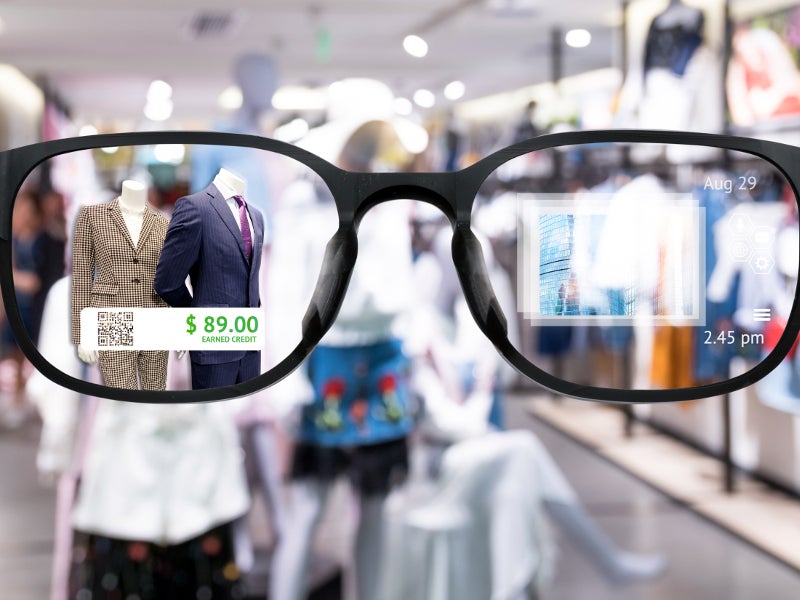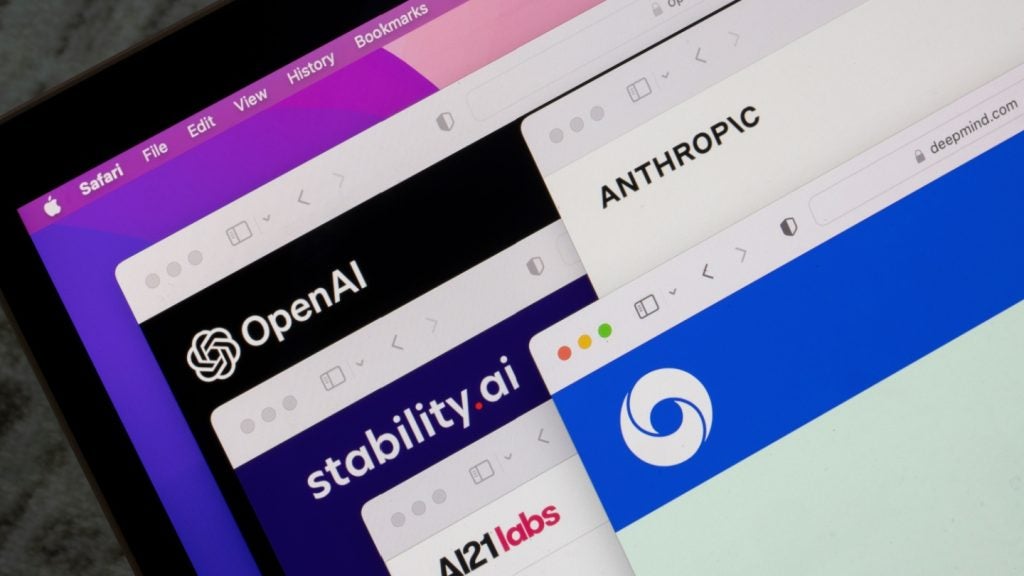
Augmented reality (AR) is a technology that allows the user to see the real world overlaid with digital data. Worth nearly $7 billion in 2020, the global AR market will reach $152 billion by 2030, according to GlobalData.
As revealed in GlobalData’s Augmented Reality in Insurance report, insurers are already adopting AR technology in the form of live video claims software and risk visualization to estimate damage, and these use cases will become even more widespread in the post-pandemic world.
Inspections-as-a-service via AR
The pandemic is leaving a legacy of remote operations, and it is no wonder considering how these can reduce travel time and costs for firms. AR-enabled inspection platforms and smart glasses will be useful for insurers seeking to streamline the claims process.
AR-enabled inspections-as-a-service platforms allow for live video communication between specialists and customers, allowing insurers to conduct in-depth remote inspections of damaged assets. Using AR, the specialist can mark specific points on the live video stream, overlay text and pointers to guide the customer, and measure real-life distances on-screen.
If an adjuster is needed onsite, they can use AR smart glasses to be safely guided by off-site colleagues, minimizing the number of agents required at the claim site while maintaining collaboration. AXA, Zurich Insurance, and USAA have all explored the use of AR smart glasses for their risk engineers and onsite specialists. In 2019, USAA trialed the use of AR-enabled glasses among their field adjusters and found that they reduced travel time for four adjusters by 160 hours over three months.
Simulating real-life disasters
AR can help insurers to simulate real-life disasters and estimate the associated damage and repair costs effectively and safely. For example, AR imagery can be overlaid on a room or environment to display the potential extent of damage from flooding, landslides, or other natural disasters.
How well do you really know your competitors?
Access the most comprehensive Company Profiles on the market, powered by GlobalData. Save hours of research. Gain competitive edge.

Thank you!
Your download email will arrive shortly
Not ready to buy yet? Download a free sample
We are confident about the unique quality of our Company Profiles. However, we want you to make the most beneficial decision for your business, so we offer a free sample that you can download by submitting the below form
By GlobalDataThe US is the largest market for natural fire and hazard insurance ($58 billion in 2020, according to GlobalData) and is where six of the top 10 costliest weather events in the world took place in 2020. This emphasizes not only the scale of the market but also the risk many insurers face when writing personal and commercial property cover.
Following natural disasters, AR technology such as smart glasses can be used to survey damaged sites. Information like blueprints or floor plans can be overlaid on an agent’s field of view in a hands-free manner, allowing them to locate water pipes, gas lines, and other concealed yet critical items. AR can also overlay pre-disaster images of an asset on footage of the damaged area, making it easier for specialists to identify the extent of damage and the amount of repair required.
Engaging younger customers with AR
Today’s insurance customers, many of whom are members of Generation Z, expect more engagement and innovation from their insurers than has traditionally been the case. Insurers can use AR to create interactive advertising campaigns and entertaining in-app services to attract younger customers and fend off insurtechs. Insurers can also use AR to decipher insurance plans for customers, simplifying the often-complicated process of understanding and choosing the right plan.
For example, GEICO’s app uses AR and the user’s phone camera to overlay information about different facilities and attractions nearby and enable them to virtually mark their vehicle after parking it. Moreover, Prudential introduced an AR filter for Instagram in 2022 as part of its #PruMoneyTalks campaign, which displayed animated stories when held over Singapore dollar notes.







Related Company Profiles
AXA SA
USAA
Prudential Plc